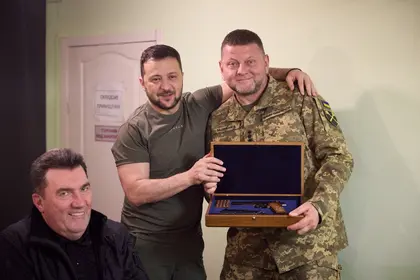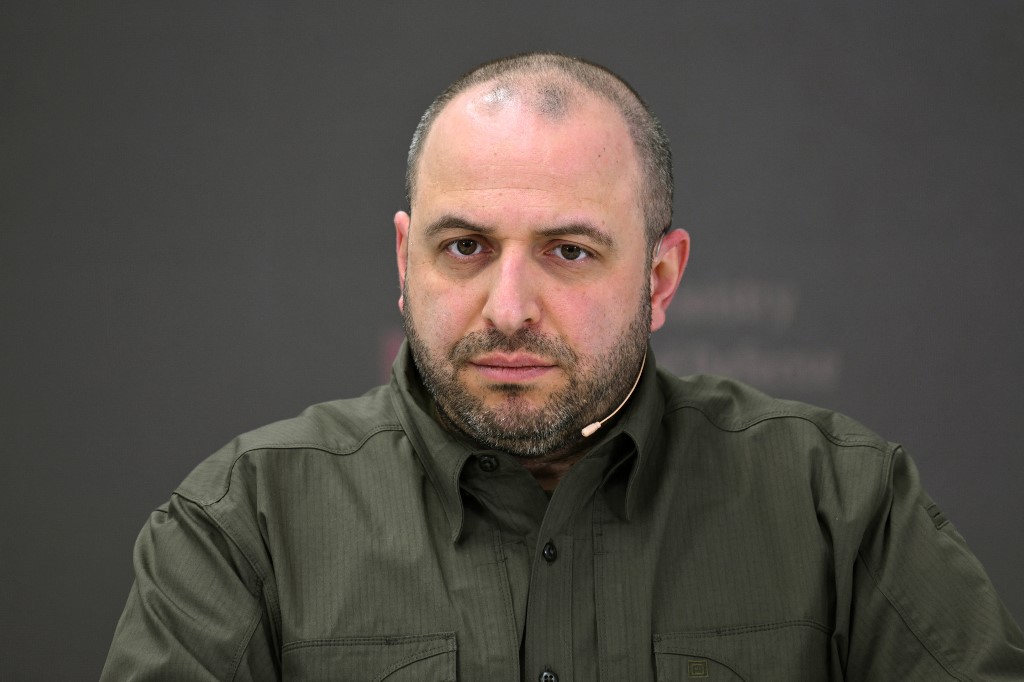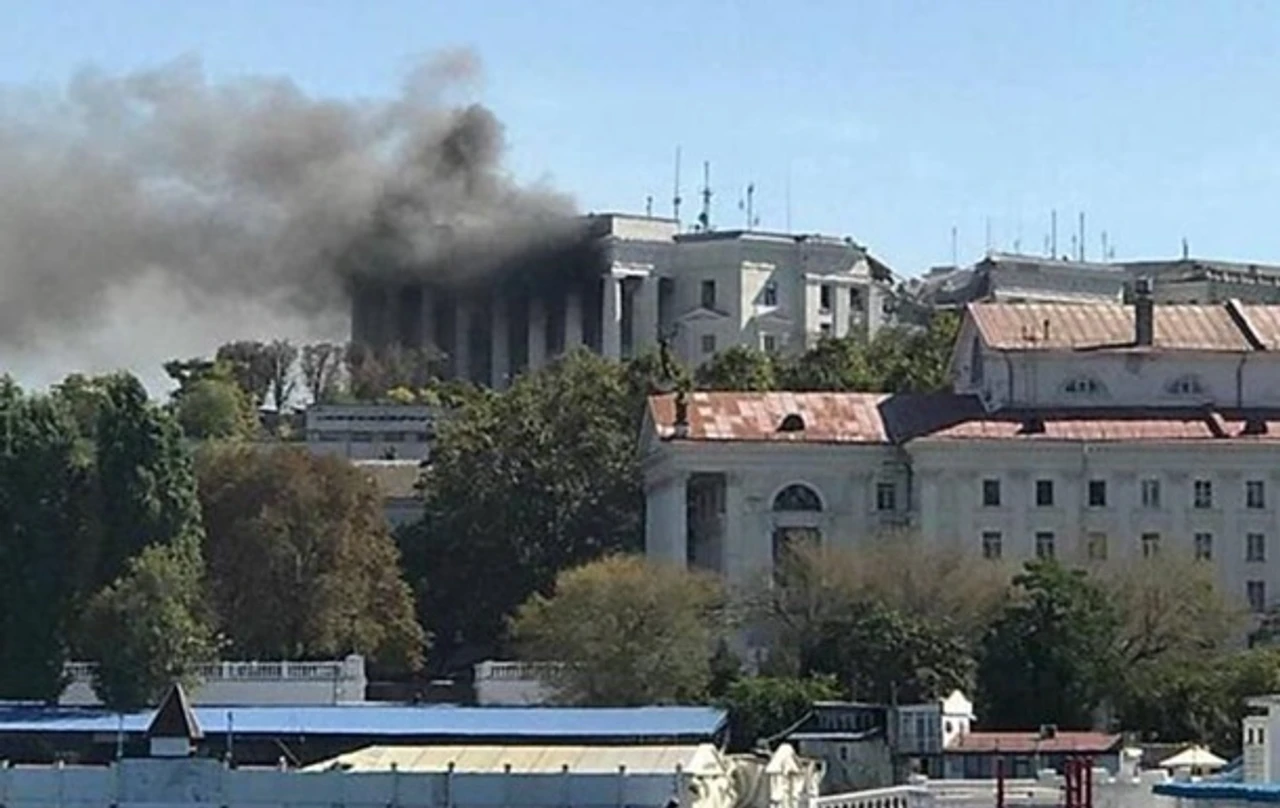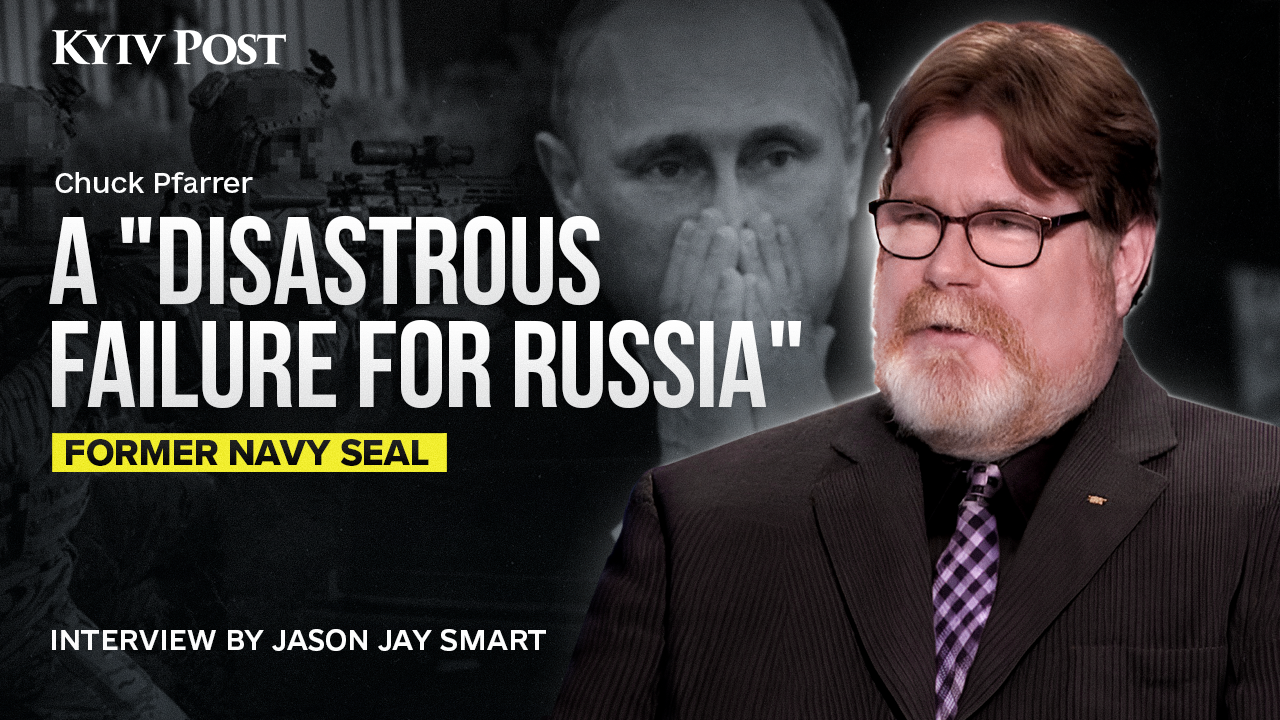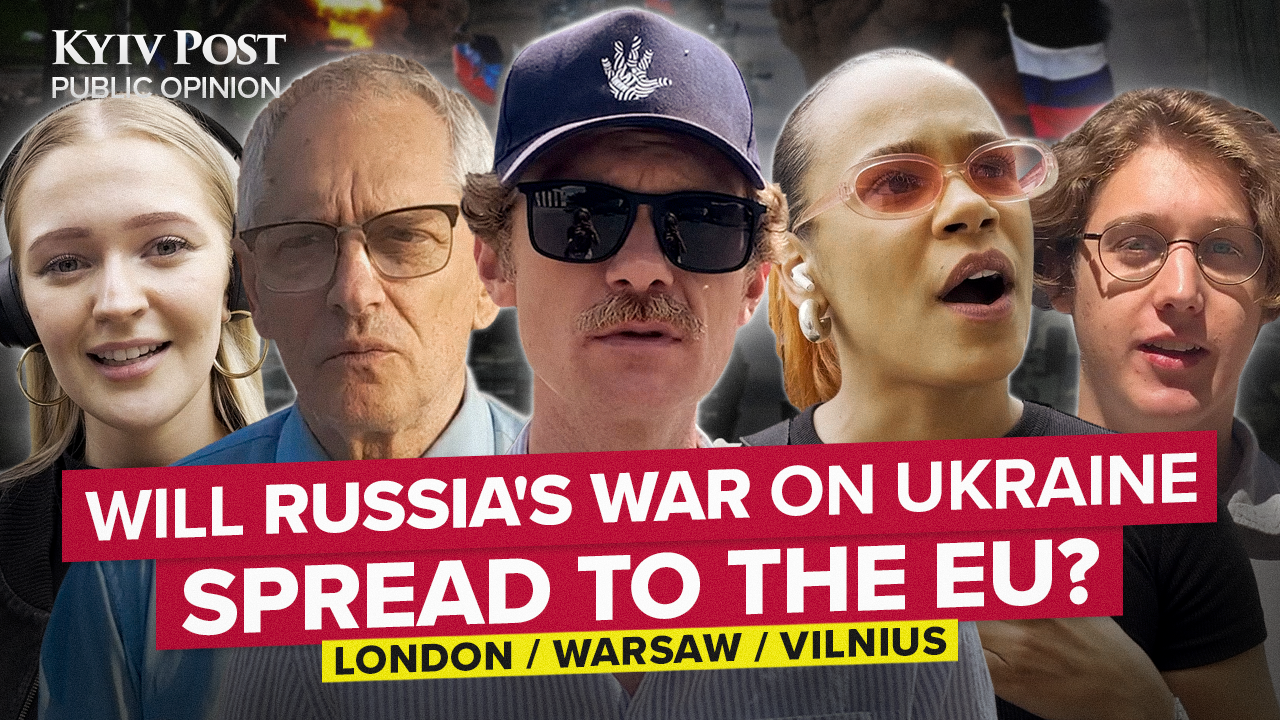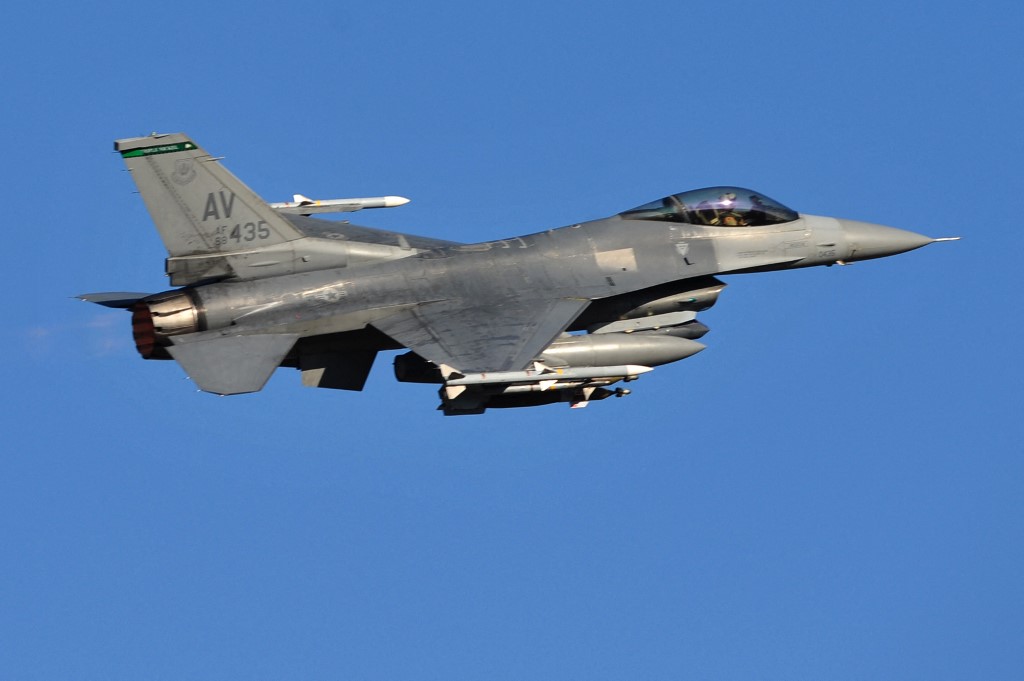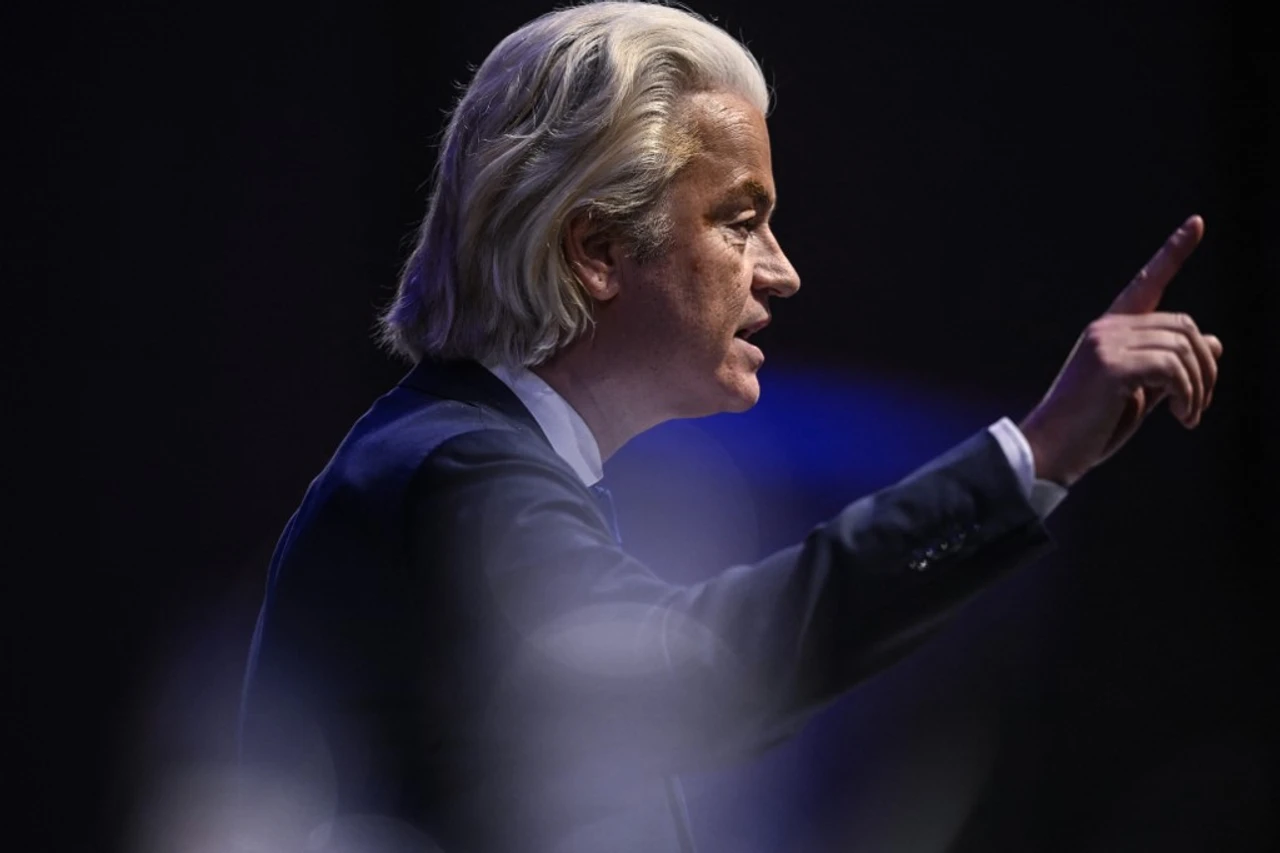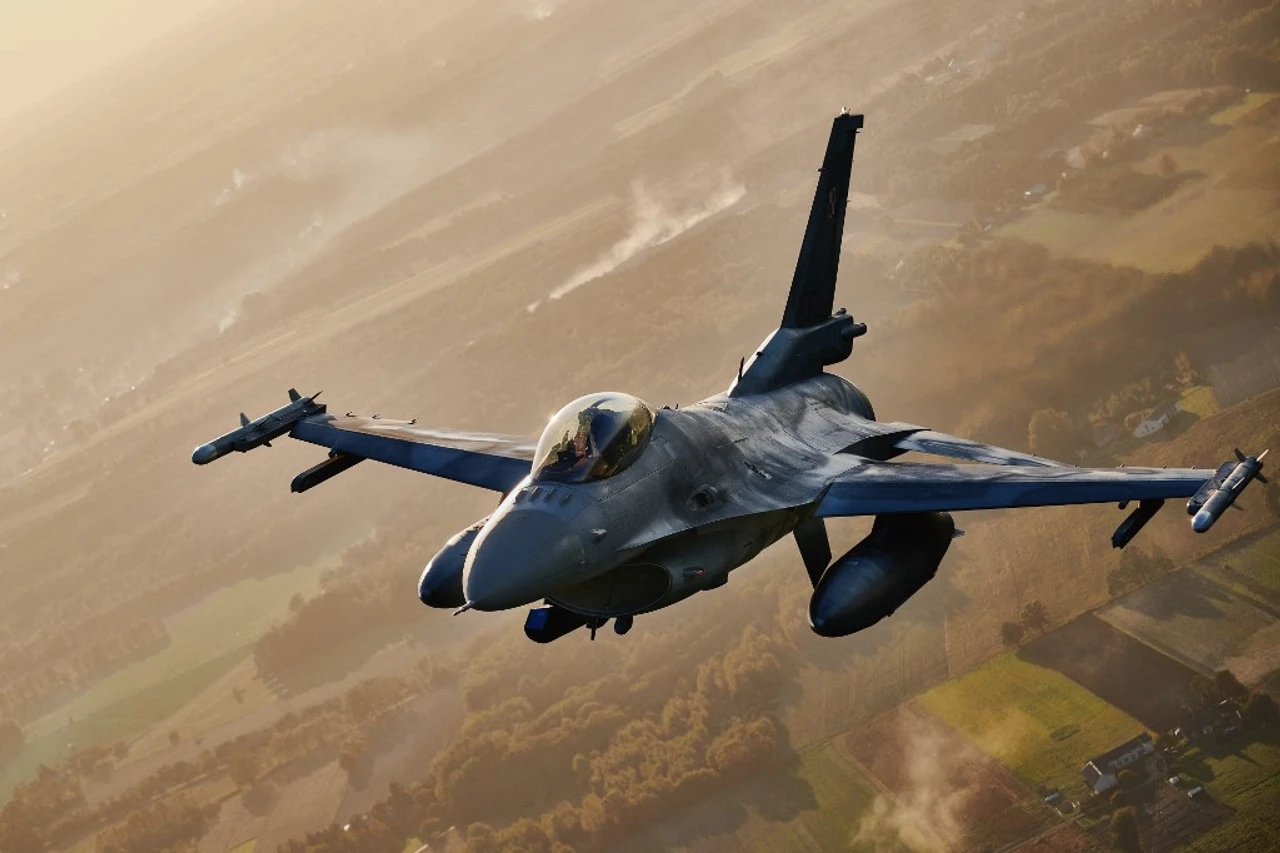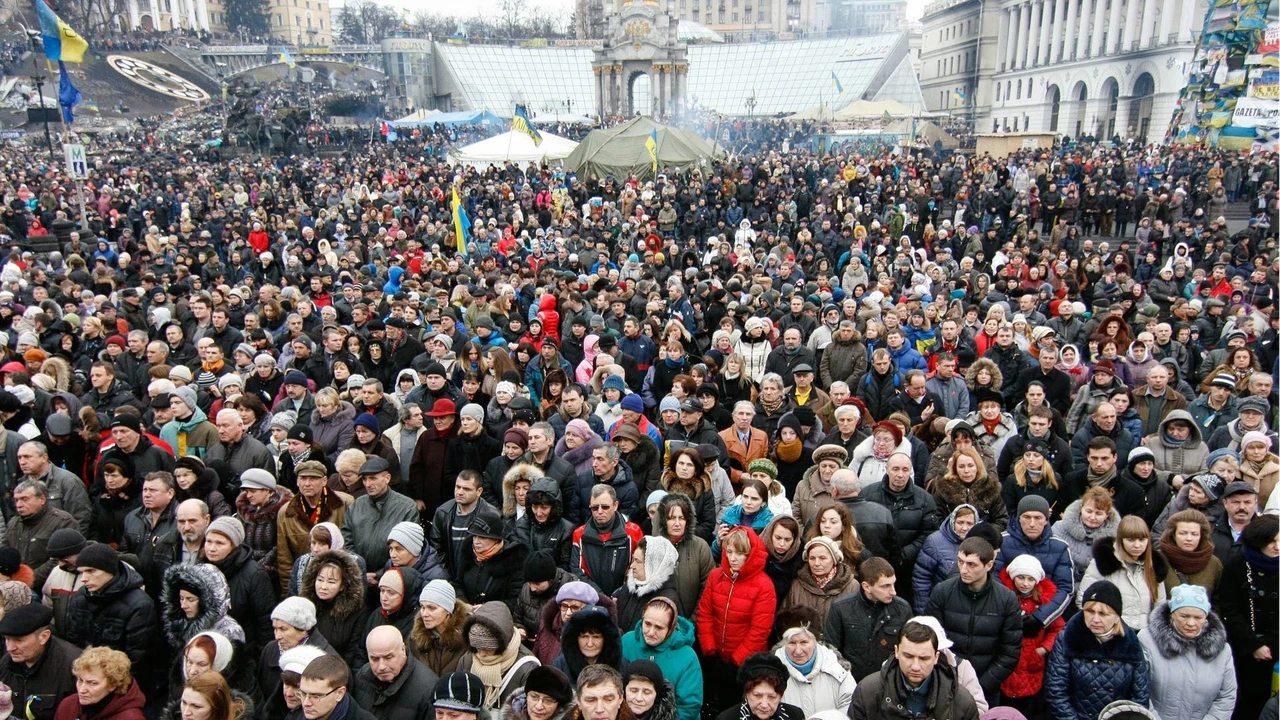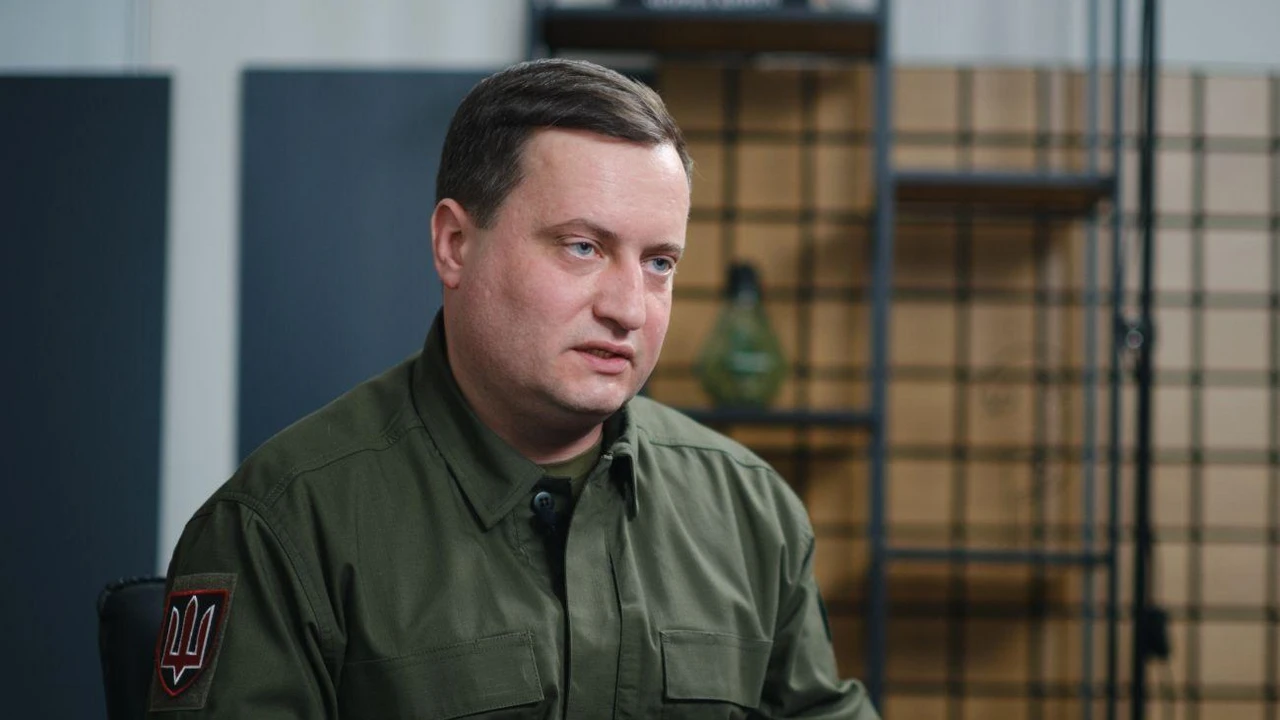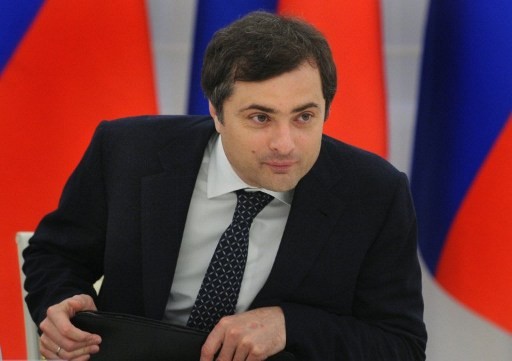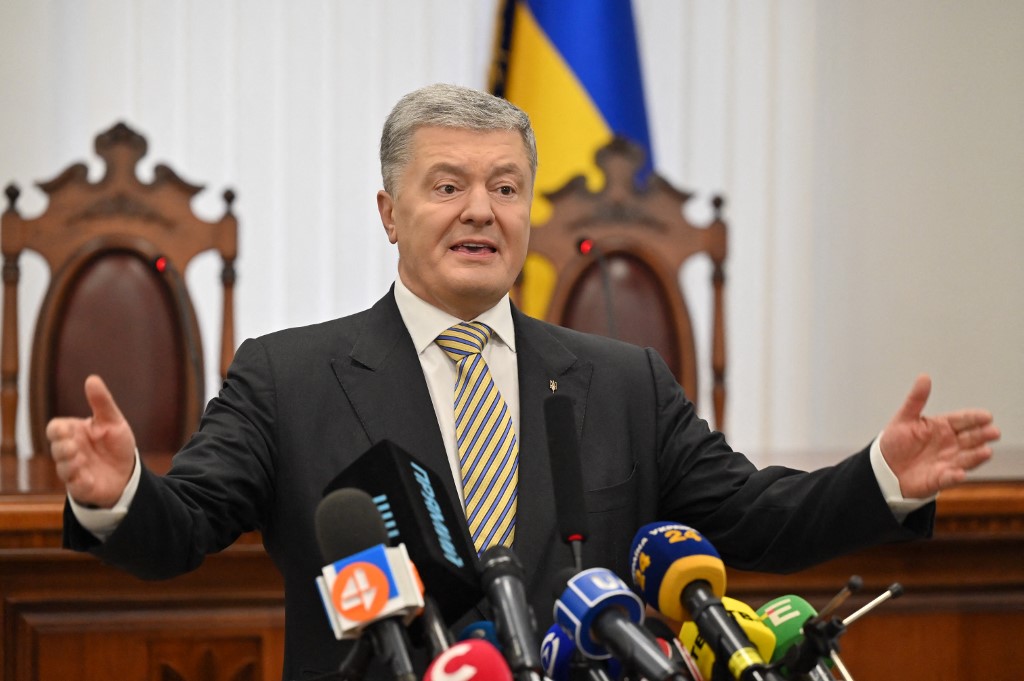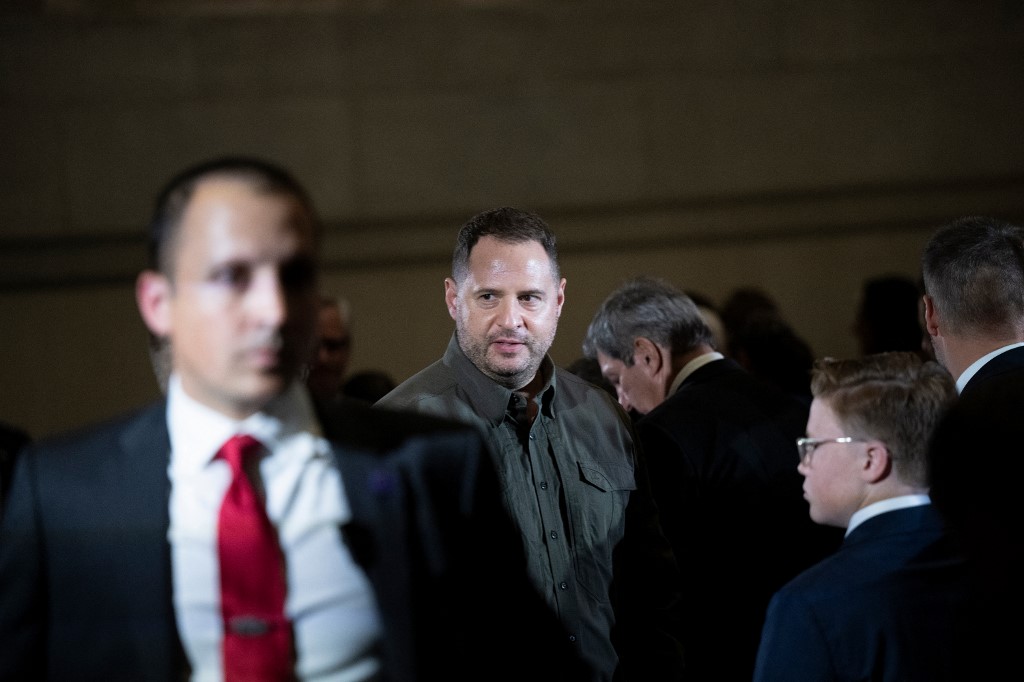It’s almost two years since Russia launched its all-out war against Ukraine in February 2022. For most of that period, political rivals were seen to have put aside, or muted, their differences and to be acting together for the good of the national cause – defense and victory.
But recently the infighting has resurfaced in areas as diverse as the language issue, whether elections should be held during wartime, and relations been the country’s head of state and Supreme Commander and his military top brass.
JOIN US ON TELEGRAM
Follow our coverage of the war on the @Kyivpost_official.
Signs of a rift between President Volodymyr Zelensky and Commander-in-Chief Valery Zaluzhny, who enjoys huge national popularity, have appeared. They highlight one of the difficulties a democratic society with a free media faces in uniting its population amid competing political interests, as well as military and propaganda attacks from an invading neighbor, whilst being reliant on allies for ammunition.
“There is no conflict. This is a fictional construct,” Defense Minister Rustem Umerov told Kyiv Post, addressing media reports of a rift between the two.
Meanwhile, Ukrainian intelligence (HUR) spokesman Andriy Yusov told Kyiv Post that the reports of a conflict between the two, far from being by chance, are part of a new Kremlin effort – heavily focused on November and December – to drive a wedge in society and ultimately get Zelensky removed.

Kuleba Talks Peace in China – Bohdan Nahaylo
“It is cheaper than directly waging war by the occupiers on the front lines,” Yusov said.
The context
There were several military triumphs that seemed to buoy Ukrainian solidarity last year – the full liberation of the Kyiv region, of the city of Kherson in the south, and of much of the Kharkiv region in the northeast –and many hoped for the same kind of political consensus in 2023 – not unlike what the US experienced in the wake of the Sept. 11 terrorist attacks.
But, despite some significant military victories – such as the strategic defeat of Russia’s powerful Black Sea Fleet and its withdrawal from its deep-water port at Sevastopol in October – this year brought fewer returns on the battlefield.
Now, the Kremlin is throwing wave after wave of infantrymen over fields littered with Russian corpses at the Ukrainian stronghold of Avdiivka, north of the city of Donetsk.
While Ukraine has so far held firm, Moscow’s tolerance for troop losses – as was the case with the taking of Bakhmut – seems inexhaustible.
Allied military support, which was restricted and cautious at the beginning of Russia’s full-scale invasion due to fears of Russian retaliation, and which then became wider and bolder – is now being put to the test.
The Israeli-Palestinian conflict has also distracted the world’s attention from Ukraine.
In Washington, a group of far-right Republicans succeeded in pulling Ukraine aid from an October bill that kept the government funded. Pre-election races are now kicking off in the US, and it’s unclear if Ukraine aid will remain a priority when the dust is settled. And the recent elections of some far-right candidates in Europe, most recently in the Netherlands, are also presenting challenges.
In Washington, a group of far-right Republicans succeeded in pulling Ukraine aid from an October bill that kept the government funded. Pre-election races are now kicking off in the US, and it’s unclear if Ukraine aid will remain a priority when the dust is settled. And the recent elections of some far-right candidates in Europe, most recently in the Netherlands, are also presenting challenges.
And within Ukraine, there’s more criticism of the current government, with opposition forces pushing for elections, and rumors of a conflict between President Zelensky and Commander-in-Chief Zaluzhny being highlighted in recent news reports.
Zaluzhny calls war a “stalemate”
The rumors in political circles gained fuel when a column and interview were published by The Economist on Nov. 1, in which Zaluzhny said that in the Russo-Ukrainian War, both sides have “reached the level of technology that puts us into a stalemate.”
“A positional war is a prolonged one that carries enormous risks to Ukraine’s armed forces and to its state,” warns General Valery Zaluzhny.
— The Economist (@TheEconomist) November 3, 2023
In a guest essay, he argues that new innovative approaches are needed for Ukraine to escape that trap https://t.co/vzmtgstI1S 👇
Zaluzhny wrote that “the war is now moving to a new stage: what we in the military call ‘positional’ warfare of static and attritional fighting, as in the First World War, in contrast to the ‘maneuver’ warfare of movement and speed.”
With a population more than three times the size of Ukraine’s and an economy ten times larger, a long war means victory for Russia, Zaluzhny said in an interview published in the same issue.
“Let’s be honest, it’s a feudal state where the cheapest resource is human life. And for us… the most expensive thing we have is our people,” he said.
Zaluzhny said that Ukraine’s military had failed to achieve the results it had planned: “If you look at NATO’s textbooks and at the maths which we did, four months should have been enough time for us to have reached Crimea, to have fought in Crimea, to return from Crimea and to have gone back in and out again,” he writes.
But Ukraine’s army got stuck at Russian minefields and halted by air assaults. Initially, Zaluzhny thought that the problem was with the commanders and then with the soldiers – but switching manpower between brigades failed to lead to breakthroughs.
He then turned to the book “Breaching Fortified Defense Lines,” published in 1941 by Soviet Major General P.S. Smirnov, which analyzed First World War battles.
“And before I got even halfway through it, I realized that is exactly where we are because just like then, the level of our technological development today has put both us and our enemies in a stupor,” he wrote.
“The simple fact is that we see everything the enemy is doing and they see everything we are doing. In order for us to break this deadlock we need something new, like the gunpowder which the Chinese invented and which we are still using to kill each other,” he wrote, stressing that Western tech could help produce the breakthrough.”
Consequences of Zaluzhny's column
“Zaluzhny's column was a surprise. It is difficult to answer why he formulated his thoughts in this way,” a source from the president's office told Kyiv Post.
No one would have forbidden the commander-in-chief to express his point of view, but Zelensky would have liked to have been informed that the article was going to be published.
“Zelensky told Zaluzhny at the headquarters of the Supreme Commander-in-Chief that he should have talked to him about the column. Afterward, Zaluzhny apologized,” the source said.
According to the source, the fear in the President’s Office was that if allies saw that the war was at an impasse, they might view further funding as undesirable.
On national television, deputy head of the president Ihor Zhovka said that Zaluzhny’s assertion of a deadlock “eases the work of the aggressor” and stirred “panic” among Ukraine’s allies.
That said, on Nov. 2, US National Security Council spokesman John Kirby said of Zaluzhny’s article: “I think it underscores how important it is that we continue to support Ukraine.”
Nevertheless, it was a sensitive time for an article to be published putting forward the view that the counteroffensive hadn’t been achieving its goals – as it was, coming only two days after a controversial TIME article where the president was portrayed as increasingly isolated.
"Nobody believes in our victory like I do. Nobody."
— TIME (@TIME) October 30, 2023
Inside Volodymyr Zelensky's lonely fight to save Ukraine as war fatigue spreads https://t.co/7uvz7N4Bh8 pic.twitter.com/tgaQyasld3
On Nov. 4, in a press conference with EU Commission President Ursula von der Leyen, Zelensky pushed back against the term “stalemate.”
“Everyone is human, regardless of status… But this is not a stalemate,” Zelensky said. “Russia controls the sky. We are protecting our military. No one wants to just throw them away like Russia throws away its people, like meat.”
“We have to wait for the F-16s, for the guys to get trained, for them to return. When there is air defense at the front, the military go forward and use the equipment,” Zelensky said.
Zaluzhny and Zelensky said qualitatively similar things – that is, that Ukraine is facing a temporary deadlock that can be overcome with Western aid and innovation.
According to the British Tabloid newspaper The Sun, in an interview published Nov. 20, without naming names, Zelensky seemed to accuse some military personnel of trying to engage in politics that didn’t benefit the war effort.
“If you manage war keeping in mind that tomorrow you will do politics or elections, then in your words and on the front line you behave as a politician and not as a military man, and I think that is a huge mistake,” Zelensky is quoted as saying.
“If a military man decided to do politics, it is his right, then he should enter politics and then he can’t deal with war.”
Meanwhile, Zaluzhny has been silent on the issue, which has further fueled rumors.
Kremlin’s “Maidan 3” plans
On Nov. 16, at a press conference, the president spoke for the first time about the Russian plan: “Maidan-3.”
“Our intelligence has information that also came from our partners,” Zelensky said.
Russians intend to create conflicts within Ukraine, calling their plans “Maidan 3,” Zelensky said.
The plans got their name from “Maidan,” a reference to Ukraine’s Revolution of Dignity. The revolution emerged from the Euromaidan protest movement which was centered at Maidan Square in Kyiv – a movement that Ukrainians marked the tenth anniversary of on Nov. 21.
Protest actions at Maidan in 2013 were against then-President Viktor Yanukovych, a Russian puppet, who attempted to curtail Ukraine’s hopes of European integration by backing out of the widely-popular EU Association Agreement, which he’d purportedly campaigned for during his election – an agreement that established new political and trade relations between Kyiv and the EU.
Yanukovych cracked down violently on the protests, but in response to the harsh measures, more and more Ukrainians came out to support them. After several months and the deaths of 100 protesters – now called the “heavenly hundred,” Yanukovych was ousted in February 2014. That same month, Russia seized Ukraine’s Crimean Peninsula and backed separatist movements in the Donetsk and Luhansk regions.
The Kremlin portrays the Revolution of Dignity as a coup d'état and now, Zelensky said, it’s planning its own coup d'état.
“They (Russians) really want to change the president (of Ukraine). Maybe not because of murder, but because of a change in power. They will use whatever tools they have. The idea is to implement a new operation that even has a name by the end of this year,” Zelensky said.
Ukrainian intelligence (HUR) spokesman Andriy Yusov told Kyiv Post that the Kremlin prepared its largest propaganda campaigns for November-December, when snow is heavy, frosts are set in, Ukrainians are dealing with increased missile and drone attacks – indeed, Moscow launched a record 75 kamikaze drones at the Ukrainian capital Nov 24-25 – and, the Kremlin hopes, people are more disgruntled with their government, particularly if their power is out.
“It’s clear that in essence, for the Russians, this is more of an anti-Maidan, but they traditionally try to steal Ukrainian words, and use them, mimic them under certain Ukrainian terminology,” Yusov said.
Ukrainian intelligence views the main author of the planned “Maidan 3” as Vladyslav Surkov, who the Financial Times has called “a founding father of Putinism.” Surkov, who’s said, “An overdose of freedom is lethal to a state,” is viewed as the main curator of Ukraine policy for the Kremlin. He stage-managed the 2014 annexation of Crimea.
“He is one of the direct ideologues of this process,” Yusov said.
Intelligence officials declined to say who else might be in Surkov's team and how much money the Kremlin might be directing toward “Maidan 3.”
Later, HUR representative Andriy Chernyak said that “Maidan-3” became the most expensive Russian informational special operation against Ukraine since 2014 and the Revolution of Dignity, on which the Russians spent tens of millions of dollars to discredit. The total budget of the operation reached $1.5 billion.
Yusov said that the Kremlin’s goal is to collapse Ukraine from the inside, weakening its social unity.
“For this, the Russians use information and psychological operations. The entire line of information tools, fakes, both directly directed and implemented in Ukraine, and those that should come to Ukraine through other platforms, international and so on,” he said.
One propaganda video circulated in Russian and Ukrainian Telegram channels called on the military to abandon their positions and march on Kyiv – putting forward the story that Zelensky had been responsible for killing Zaluzhny’s assistant.
Kyiv Post also asked Yusov whether political figures are playing a role in the Kremlin’s plans. He answered: “If we analyze the processes and scandals that have shaken Ukrainian society in recent weeks, then, in principle, a cursory [open-source intelligence] analysis can lead to certain conclusions,” Yusov said.
In coordination with these efforts, the Kremlin is again attempting to paint Ukraine as an unsuccessful state with non-existent and non-working institutions, large-scale corruption and conflict between an elite class and average citizens, Yusov said.
“The plan contains points regarding the liquidation of specific people, there are specific episodes related to the continuation of assassination attempts on representatives of the military and political leadership of Ukraine. We do not comment on names, because we are talking, in particular, about countering these processes in real-time, but there is such information,” Yusov said.
And, as part of “Maidan-3” there is mention of conflict between Zelensky and Zaluzhny, Yusov said.
Which politicians are talking the most about a conflict between Zaluzhny and Zelensky?
A Kyiv Post source in the President’s Office said that Ukrainian politicians have been talking about a conflict between the president and the commander-in-chief since the second half of last year, the source said.
Among those who are most vocal about a conflict between the two are representatives from former President Petro Poroshenko’s team – who Zelensky defeated in the 2019 presidential election.
On Nov. 7, Volodymyr Aryev, a parliamentarian from Poroshenko's party, European Solidarity, posted on Facebook that there were already documents for Zaluzhny’s dismissal. But after a flurry of criticism, he deleted his post, saying he had no evidence for the claim.
On Nov. 13, the Channel 5 website, which is owned by the former president, published an interview with Major General of the Armed Forces Dmytro Marchenko, in which he said he would like to see Zaluzhny as a presidential candidate.
Host Yanina Sokolova also supported this, saying: “A military president would completely change the country.”
A few days later, Marchenko apologized for the interview after it set off public debate and said: “Please do not manipulate my statements, do not engage in discrediting [Zaluzhny].”
“No one is running for office,” he said. “We are all focused solely on winning!”
“The journalist's question related to hypothetical ideas of a future, peaceful, Ukraine – after victory. Until the end of the war, the military is exclusively engaged in war and analyzes exclusively military events – our task is to fight the enemy.”
Nevertheless, the interview gave rise to new rumors.
Does Zaluzhny have political ambitions?
Kyiv Post’s sources in political and military leadership said that Zaluzhny has no interest in politics. Although, some in his team would like him to.
One of Kyiv Post's sources at the General Staff claims that a Zaluzhny friend and political consultant, Major General Viktor Nazarov, is trying to build a political career for the commander-in-chief.
Kyiv Post contacted Zaluzhny’s press secretary for comment but received no response at press time.
People around Zelensky say that no one is seriously discussing the topic of Zaluzhny running for president.
“Playing Zaluzhny as the ‘politician’ is beneficial for the Russian Federation,” the source said.
The President's Office source said that the whole team, including Zelensky, understands that Zaluzhny holds no political ambitions.
Is there a conflict between Zelensky and Zaluzhny?
Saying that there is no conflict, Umerov told Kyiv Post that Russia is interested in pushing a fabricated narrative of conflict and circulating it in Ukraine’s information space and in the world.
And at the beginning of November, the head of Zelensky's Office, Andriy Yermak, also said the two aren’t in conflict and are working toward victory.
Another Kyiv Post source said that, with some caveats, as in situations that arise as part of the normal workflow, the president and the top general have a productive work relationship.
“The president does not criticize Zaluzhny,” the source said. “But he said that he will punish anyone who violates the decisions of Supreme Commander-in-Chief (Zaluzhny) headquarters.”
For Zelensky, a clear chain-of-command is important, the source said.
“The president once said an appropriate phrase: ‘Any car has one steering wheel, if there are more, it will be torn apart. We need to pull ourselves together and move on,” the source said.
Zaluzhny did not respond to a request for comment at press time.
Will Zaluzhny be dismissed?
The President’s Office is not considering Zaluzhny’s dismissal, the source in the president’s office said.
Zaluzhny will create the next counteroffensive plans. The General Staff will utilize all the experience the general has learned from the war so far – and further aid from partners will center on his plans, the source added.
Members of Zaluzhny’s team are not untouchable, however. At the beginning of the month, the commander of the Special Operations Forces of the Armed Forces of Ukraine, Viktor Khorenko, was unexpectedly dismissed shortly after his first public interview.
Khorenko said that he “learned about it from the media.”
According to Khorenko, Zaluzhny was also blindsided: “The commander-in-chief (Zaluzhny) should have made a corresponding submission, but he answered me that he had not done such a thing.
“I don't understand what happened.”
The president's team told Kyiv Post that the president is not obliged to report and explain his decision – but that there had been questions about Khorenko’s work.
“Major General Khorenko is now needed in a certain direction, he will continue his service in the Ministry of Defense of Ukraine,” Umerov wrote on Facebook on Nov. 4. “To additionally comment on the reasons and prerequisites for changing senior military positions during the war is to give grounds to the enemy to weaken Ukraine.”
Zaluzhny hasn’t commented on Khorenko’s dismissal.
Within a few days of the dismissal, Ukrainian Pravda reported that the Ministry of Defense was also preparing a petition for the dismissal of commander of the Operational and Strategic Group of the “Tavria” troops Oleksandr Tarnavskyi and the commander of the United Forces of the Armed Forces of Ukraine Serhiy Naev.
A Kyiv Post military source did not rule out the possibility that the story of the potential dismissal was leaked from Zaluzhny’s team: “Perhaps this is a way of protecting interests,” the source said.
Umerov said no dismissal is currently being prepared.
“That is, in this regard, I must say that the decision has not been made yet, but we are doing everything possible to increase efficiency. If this happens (the dismissal of the commander - ed.), we will communicate it very openly,” Umerov said.
A new twist in the story of an alleged rift between Zelensky and Zaluzhny was alluded to on Nov. 26 by lawmaker Mariana Bezuhla, a member of Zelensky’s own Servant of the People party and of the parliamentary committee on National Security, Defense, and Intelligence.
Bezhuhla said that Zaluzhny “must leave,” accusing him of failing to present a comprehensive “war plan” for 2024 while expecting the parliament to endorse a massive rise in defense spending.
Bezhula’s statements have not, as yet, found supporters in parliament.
You can also highlight the text and press Ctrl + Enter


